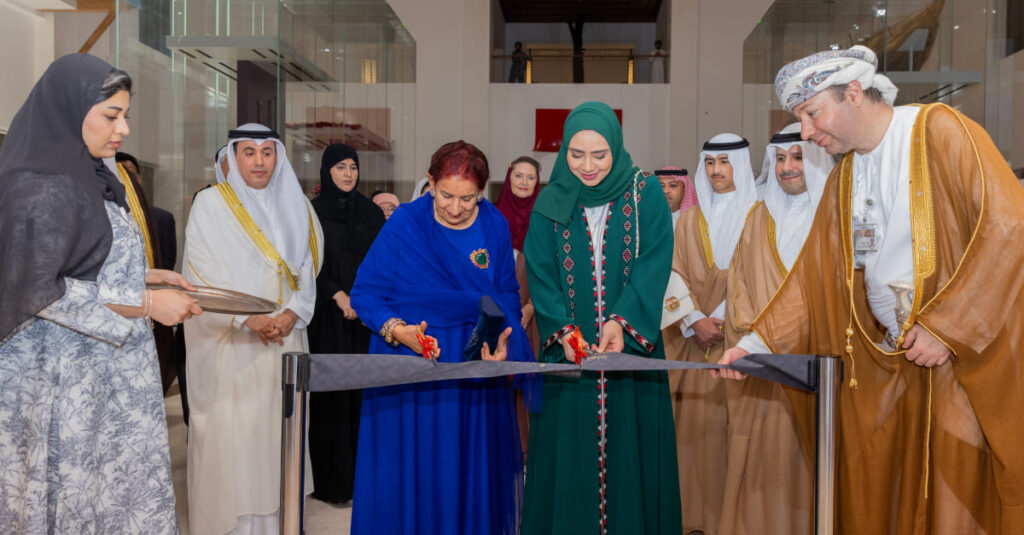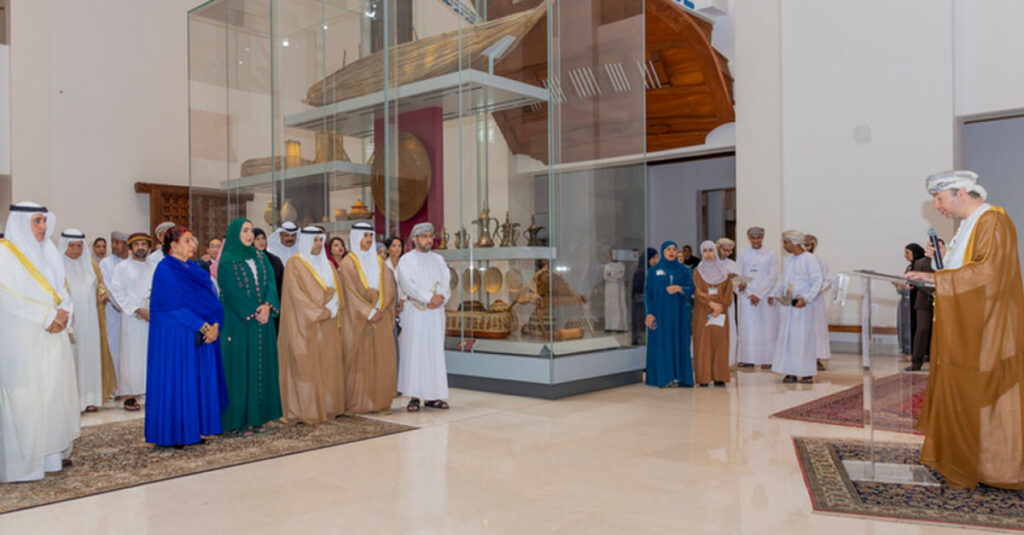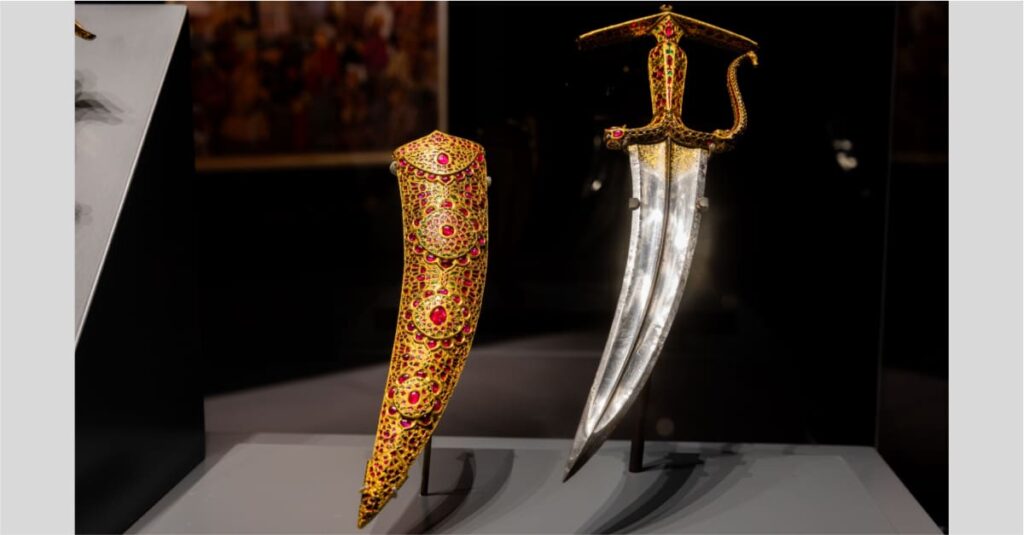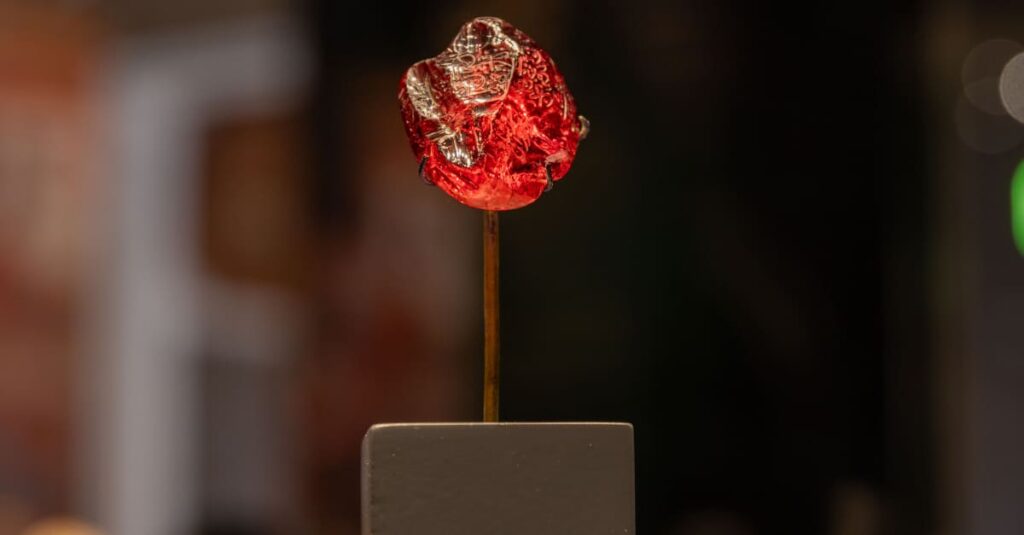
MUSCAT — The National Museum today inaugurated the exhibition “Zeina: The Splendors of the Indian Court” in collaboration with Dar al-Athar al-Islamiyyah in the State of Kuwait. The exhibition aims to highlight the richness of Indian Islamic civilisation and showcase its beauty. The exhibition will be open to the public until September 12, 2024.
The exhibition was launched under the patronage of HH Sayyida Meyyan Shihab Al Said, Chairwoman of the Omani Society for Design in the presence of Sheikh Abdullah Nasser Sabah Al-Ahmad Al-Jaber Al-Sabah, the esteemed representative of the owners of the Al-Sabah Collection, and Sheikha Abdullah al-Khalifa al-Sabah, the esteemed leader of the Friends of the Dar al-Athar al-Islamiyyah, and Eng. Bader Ahmed al-Buaijan, Chairman of the Founding Committee of the Friends of the Dar al-Athar al-Islamiyyah.

The exhibition features more than 130 unique and distinguished art pieces from the collection of the late Sheikh Nasser Sabah al-Ahmad al-Sabah and Sheikha Hessa Sabah al-Salem al-Sabah from the State of Kuwait. These pieces include carved gemstones, weapons, and luxurious jewellery formed and collected from the mid-1970s until present day. This collection is one of the most distinguished collections of ancient and Islamic art in the world, reflecting the legendary opulence of the lives and activities of princes and their craftsmanship, specifically the skills of Indian jewellers who created these pieces between the 16th and 18th centuries.
Visiting the exhibition offers an opportunity to explore the remarkable artefacts that characterised the Indian royal courts throughout history, highlighting the artistic developments and innovative techniques unique to Indian arts and crafts over the centuries.

Jamal Hassan al-Moosawi, Secretary-General of the National Museum, expressed deep appreciation for Dar al-Athar al-Islamiyyah in Kuwait, represented by Sheikha Hessa Sabah al-Salem al-Sabah, the General Supervisor of Dar al-Athar al-Islamiyyah, for her immense and dedicated efforts in preserving and disseminating unique Islamic heritage, continuing the legacy of the late Sheikh Nasser Sabah al-Ahmad al-Sabah through a collection of rare and exceptional Islamic art artefacts, one of the finest and largest collections of Islamic art. He added that to enhance the values of cultural and civilisational communication between the two countries, the Sultanate of Oman and the State of Kuwait, efforts have been made and resources harnessed by both cultural sides, culminating in the opening of the National Museum’s first Islamic art exhibition in Sultanate of Oman, in collaboration with Dar al-Athar al-Islamiyyah of Kuwait, a renowned institution dedicated to promoting rare Islamic arts.
Eng. Badr Ahmed al-Baijan, Chairman of the Founding Committee of the Friends of Dar al-Athar al-Islamiyyah, remarked: “On this occasion, we remember Sheikh Nasser Sabah al-Ahmad al-Sabah, whose insightful vision and artistic sense greatly contributed to Kuwait in these fields. The al-Sabah Collection is part of that vision, considered one of the world’s most significant art collections, encompassing artefacts from the third millennium BC through the dawn of Islam to the 19th century.”
He added: “This exhibition we are gathered for today is the result of decades of research and study of jewellery and ornaments that embody the skills, precision, and innovative quality provided by Indian artisans to the world.”

The collection in the exhibition features a gemstone with the oldest and largest inscription bearing the name of the Timurid ruler “Ulugh Beg” the grandson of Amir Timur (Tamerlane), inscribed before his death in 1449 CE, a jade necklace with the name of Mughal Emperor “Shah Jahan” dating back to 1637-1638 CE, and an archery ring with the name of the emperor from 1651-1652 CE.
The exhibition also includes a variety of daggers, knives, and swords inlaid with precious jewels like diamonds and gemstones, reflecting the splendour of Indian Islamic civilisation and the advanced sword and dagger craftsmanship of that period.
Additionally, there is an archery ring inscribed with the Basmala and the names of Allah, a jewel-encrusted shield, decorated domes and armour adornments, a ceremonial sceptre, a jewel-encrusted cane handle, and a collection of finely carved household items. The women’s jewellery in the collection is distinguished by unique designs studded with diamonds and colourful gemstones, alongside numerous other artefacts that reflect the harmony between the arts and court life in the Indian subcontinent.
It is noteworthy that Dar al-Athar al-Islamiyyah is a Kuwaiti cultural institution established on 23 February 1983. It houses a private Kuwaiti art collection owned by Sheikh Nasser Sabah al-Ahmad al-Sabah and his wife, Sheikha Hessa Sabah al-Salem al-Sabah, the General Supervisor of Dar al-Athar al-Islamiyyah. The institution was established to display and manage the al-Sabah Collection, a collection of Islamic art permanently loaned to Kuwait under the auspices of the National Council for Culture, Arts, and Letters. The collection retains all characteristics of Islamic art and includes over 30,000 artefacts spanning a world from China to Andalusia, dated from the 1st to the 13th centuries AH (7th to 19th centuries CE). Dar al-Athar al-Islamiyyah also has a specialised library containing rare books from the 19th century and publishes studies related to Islamic art and civilisation.
(ONA)

0 Comments